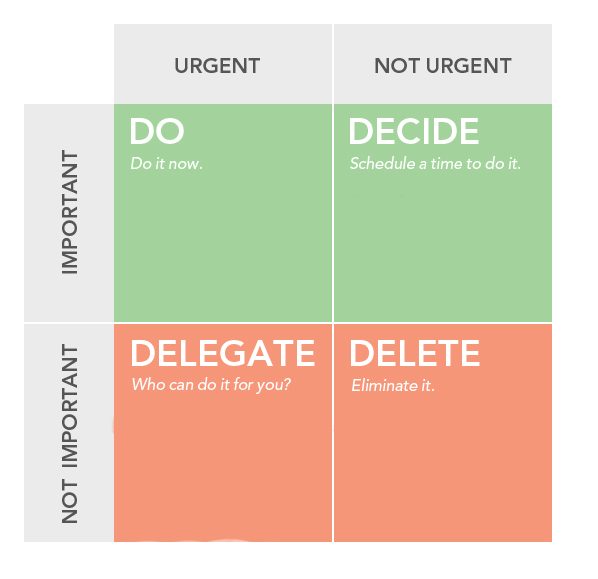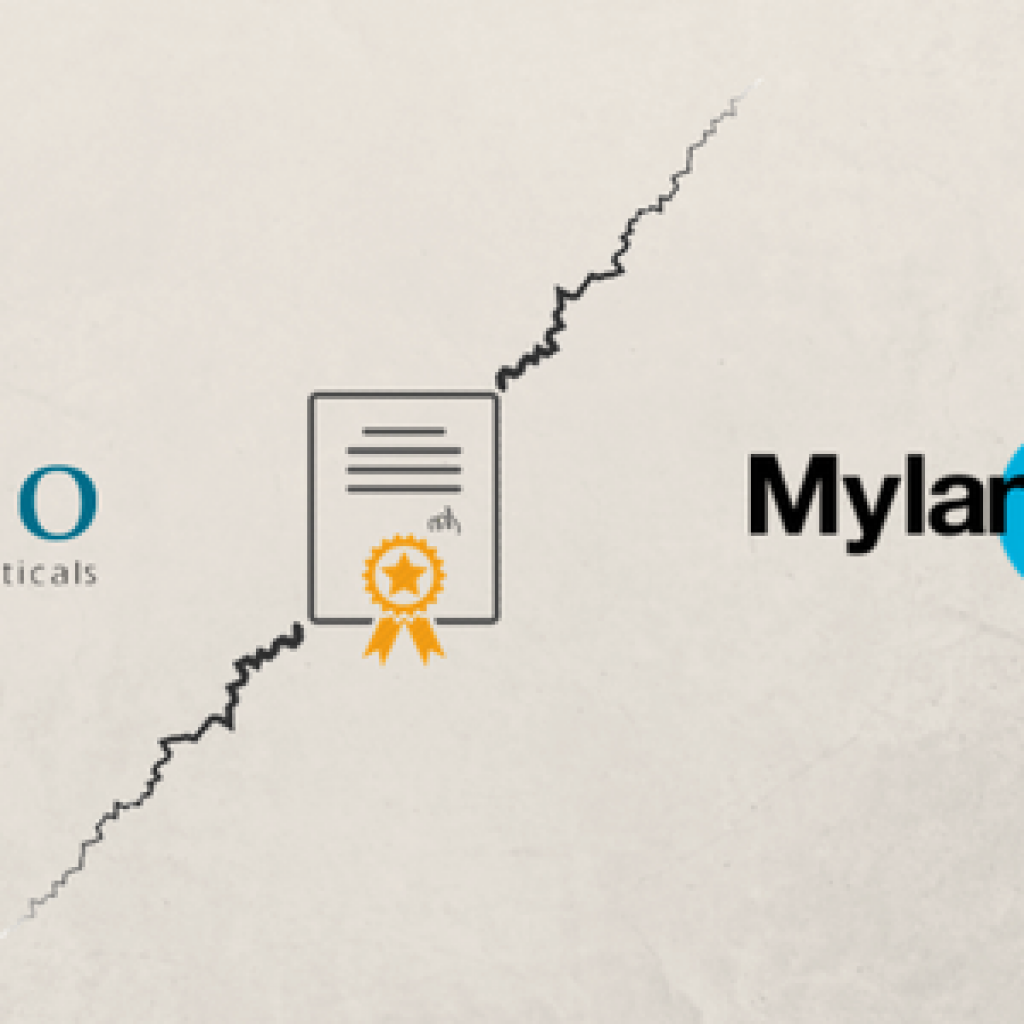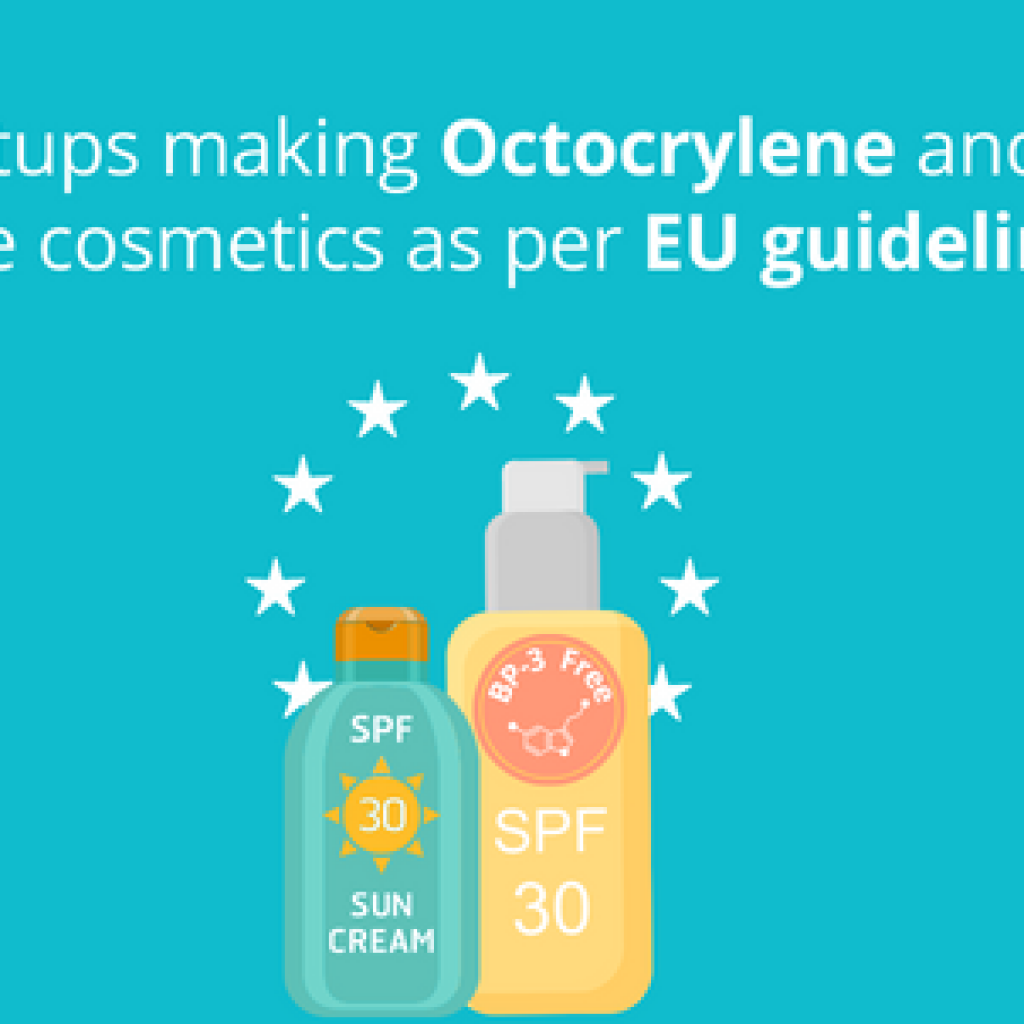Are you looking for a simple approach to prioritizing your innovation efforts? Does your company tend to assign priority to ongoing innovation tasks because it has already invested time and money in them?
It’s no surprise if you answered yes to these questions. Most companies adopt this strategy. However, this is where you may pay a heavy price in terms of lost opportunity by prioritizing possibly the least important tasks.
What could be done to avert those lost opportunity costs? – You ask.
Well, Eisenhower matrix could be the ultimate solution to your questions. This smart decision technique can help with innovation prioritization and resource allocation (More on it in a minute!). Want to know how? I’ll explain.
How to use the Eisenhower Matrix For Prioritizing Innovation?
A traditional Eisenhower matrix looks something like this:
 It has four quadrants: Each a combination of variation of two elements: Importance and Urgency.
It has four quadrants: Each a combination of variation of two elements: Importance and Urgency.
Now, the matrix in its traditional form might not be of much use for your current pursuit. But a twist on it can make it your ultimate go-to solution for prioritizing innovation at your organization.
 Title – Eisenhower matrix for Innovation prioritization
Title – Eisenhower matrix for Innovation prioritization
To prioritize your innovation efforts, classify your firm’s ongoing and upcoming innovation tasks into two categories: important and urgent. Some tasks may be both important and urgent. Naturally, you need to complete these first.
What about the important but not urgent tasks? These should be allotted significant resources, albeit at a later stage. Or better still, schedule and monitor the timeline for their completion. The urgent and not so important tasks can be delegated to somebody else. The tasks that are neither important nor urgent can be done later.
For instance, consider radical innovation. Typically, high potential breakthrough products would benefit from a first-to-market completion and hence, rank high in both aspects: urgency and importance. Allot maximum resources to these. On the other hand, ongoing incremental innovation tasks are relatively less urgent and less important, owing to which these can be allotted minimum resources. Update the matrix as and when new tasks enter the queue.
Apart from importance and urgency, one can also prioritize innovation efforts on the basis of a project’s relevance to the current product line. For instance, not all innovation projects are completely relevant to your firm’s existing product range. You may encounter a few that may be highly profitable, but totally irrelevant to the current line of products.
So, how do you fit the relevant attribute into the matrix?
 Title – Eisenhower matrix for Deciding Product Fit
Title – Eisenhower matrix for Deciding Product Fit
Let’s say you have products that range from ‘not relevant’ to ‘extremely relevant’ to the current product line. Next, you consider the expected profitability of the innovation project.
Projects with high profitability and high relevance to the product line are the first priority. Execute these with urgency. On the other hand, projects with high profitability potential, but low relevancy to the current product line can be kept on hold. Meanwhile, explore whether you would like to diversify into a new product line. Take a calculated decision based on your firm’s current strategy and its plans for the future.
What about projects that have low expected profitability, but high relevancy to the product line? Keep these in the pipeline. Explore at a later date. How about projects with both low profitability and low relevance? Discard these.
Can you apply the matrix to other spheres? Absolutely. You can use it for human resource allocation and then monitor and measure how it impacts your organization’s efficiency and performance. As they say, if you can’t measure it, you can’t improve it.
How Eisenhower matrix could be used for Resource Allocation?
Say you have a mix of different degrees of critical and urgent issues. It can be a daunting task to schedule resources on an ongoing basis as different projects enter the pipeline. To use the matrix for this purpose, classify projects into low-impact and high-impact (critical) vertically. Whereas, the low urgency and high urgency attributes are categorized accordingly on the horizontal line.
 The upper rightmost corner, which includes the high-impact and high-urgency tasks, is the first priority corner. Delegate high-performing resources to these tasks on an immediate basis. On the other hand, the high-urgency and low-impact projects fall into the lower rightmost corner. Allocate free resources to these tasks at the earliest.
The upper rightmost corner, which includes the high-impact and high-urgency tasks, is the first priority corner. Delegate high-performing resources to these tasks on an immediate basis. On the other hand, the high-urgency and low-impact projects fall into the lower rightmost corner. Allocate free resources to these tasks at the earliest.
The upper leftmost corner comprises high-impact projects that are not urgent. Schedule high-performing resources to commence work on these projects at a later date. Meanwhile, draft a checklist of all the tasks that feed into (serve as input to) these projects and ensure that these are completed before the scheduled date. Assign moderately-performing resources to complete the tasks in the checklist.
Lastly, we’re left with the lower leftmost square. This includes the least critical and least urgent projects. So this is essentially the least priority square. Mark these projects for later. Delegate resources to these as and when they get free.
Conclusion
Prioritization is a crucial function that can determine the success of an organization’s innovation efforts. Launching a new product with high potential at the right time is critical to its success. Furthermore, prioritization is important when it comes to allocating resources too. After all, you can make the most of your organizational resources by allocating these to the tasks that have been prioritized appropriately.
So next time you’re facing a problem prioritizing resources or innovation, refer to the Eisenhower matrix. It will definitely come in handy, each time, every time.









